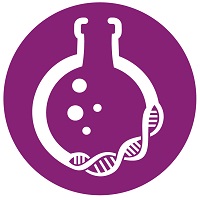Back
Bioanalytics – Chemical
Session: Rapid Fire: Sample Challenges, Yet Opportunities (CE)
System Optimization to Mitigate Signal Suppression While Autonomously Running Multiple LC/MS/MS Methods in for SiRNAs, Peptides and Small Molecules in Sequence
Tuesday, October 18, 2022
3:30 PM – 3:45 PM ET
Location: 253 A

Todd Lusk
Senior Scientist
Q2 Solutions
Ithaca, New York
Rapid Fire Speaker(s)
A major concern while performing analysis of siRNA therapeutics is the suppression effects of HFIP/TEA mobile phases on other LC/MS/MS methods. Negative ion pairing agents are needed for acceptable chromatography and can be useful for signal enhancement, however these are detrimental to other methods causing suppression on the instrument requiring significant down time for purging and cleaning of the system between assays. A successful workflow model was created to enable separate methods to be run in sequence on the same LC/MS/MS system by leveraging the capacity of a multi‐system LC on a single mass spectrometer. By utilizing multiplex capability, analysis of oligonucleotides incorporating the use of ion pairing agents can be included in a broad scope workflow on a single LC‐MS/MS system. Employing methods for switching autonomously, in concert with the analytical methods significantly increasing workflow capacity while minimize scientist hours freeing up time for method development or scientific oversight duties while the instrument performs the prescribed analysis.
Learning Objectives:
- explore the use of triple quadrupole mass spectrometer to analyze oligonucleotides by seeking out high charge state mass transitions.
- understand use of integrated parallel LC systems to mitigate inter‐method impact.
- explore autonomous and remote operation of Sciex LC/MS/MS systems with Nexera integrated LC using Analyst software control.


